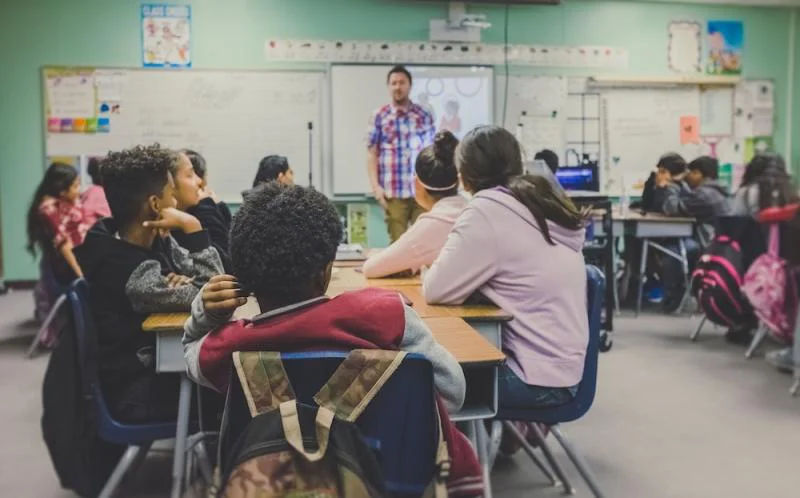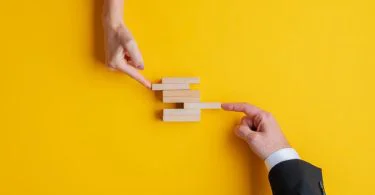Although related, instruction and teaching are different educational concepts with distinct approaches, focuses, and outcomes. Instruction refers to the structured and systematic process of conveying specific knowledge or skills to students. Curriculum, objectives, and delivery methods, such as lectures, demonstrations, and written materials, are frequently predetermined. The primary aim of instruction is to ensure that students acquire the intended knowledge or techniques. Typically, instructional success is measured by the ability of students to reproduce the taught material or execute specific tasks.
Teaching is a broader and more complex concept that incorporates the transmission of knowledge and skills and the development of learners’ cognitive, emotional, and social abilities. Teaching is a more dynamic and interactive process that requires understanding each student’s unique requirements, interests, and learning styles, as well as adapting the educational experience to these factors. Education aims to equip students with the ability to think critically, solve problems, and become self-directed, perpetual learners. Effective teaching fosters curiosity, originality, and personal development, with success measured not only by academic achievement but also by the individual’s overall growth. In a nutshell, instruction emphasises specific skill acquisition and content mastery, whereas teaching focuses on fostering holistic personal development and the capacity for lifelong learning.
What is Instruction?
Instruction is the process of teaching someone new information, skills, or abilities in an organised way. It includes a carefully thought-out curriculum, clear learning goals, and standardised teaching methods to ensure that the students learn and understand the material or skills that are meant to be taught. The primary purpose of instruction is to help students learn specific facts or master particular skills. This can be done in several ways, such as through talks, demonstrations, guided practice, multimedia presentations, or written materials. Instruction usually goes logically, building on what has already been learned and presenting progressively harder ideas and tasks.
Instruction focuses on the structured delivery of information and skills development, using a clear and systematic method to ensure learners know and can do certain things well. Instruction can happen in many different places, like regular classrooms, online courses, or training programmes at the workplace. Instructors can be teachers, trainers, or subject matter experts who know much about their area and can explain it to their students clearly and effectively. Assessment is essential to the learning process because it helps teachers and students determine how well students are doing and where they can improve. A student’s ability to show that they understand what they’ve been taught, to repeat specific techniques, or to use their new skills in real-world settings is a good indicator of how well they’ve learned.
What is Teaching?
Teaching is a holistic and ever-changing educational process that includes guiding, inspiring, and helping students grow and develop in different parts of their lives. It includes teaching people new facts and skills and helping them develop their mental, emotional, and social skills. The primary purpose of teaching is to give students the tools they need to become self-directed, critical thinkers who can solve problems and continue to learn throughout their lives. Teachers do this by getting to know each student’s unique needs, hobbies, and ways of learning and then changing their approach and methods to match. Teaching usually involves teaching methods, interactive talks, hands-on activities, and creative projects that keep students interested, encourage their curiosity, and get their minds working.
Teaching can happen in many places, like standard classrooms, informal learning spaces, or online platforms. It can also be done with one person or with a group. Teachers are essential to the learning process of their students because they act as guides, mentors, and role models. They create a supportive learning setting that helps people work together, think critically, and grow. Assessment and feedback are essential to teaching because they show how students are doing, their skills, and what they need to work on. Teaching is successful not only when students do well in school but also when they become well-rounded, interested, and robust people. Teaching is a complex and ever-changing process that aims to help students grow as whole people and become critical thinkers and lifelong learners.
Difference Between Instruction and Teaching
Instruction is a planned procedure having a specific goal in mind, the acquisition of which is evaluated by the degree to which the learner has mastered the material or the skills being taught. In contrast, teaching is an iterative process prioritising the holistic growth of students’ minds, hearts, and communities. Success in the classroom is determined by the student’s ability to think critically, solve problems, and continue learning throughout their lives. Teaching promotes a well-rounded educational experience that encourages curiosity, creativity, and self-directed learning, while instruction focuses on developing specific skills. We have outlined the primary differences between instruction and teaching below.
Focus
Teaching is concerned with the student’s overall development, not just their academic performance, and instruction focuses on acquiring specific knowledge or abilities.
Approach
Teaching is a dynamic, flexible process that considers each learner’s unique requirements, interests, and learning styles, while instruction follows a planned, systematic approach with predetermined objectives.
Methods
Teaching uses various approaches, including interactive conversations, hands-on activities, and creative projects, whereas instruction depends on standardised methods such as lectures or demonstrations.
Goals
Teaching strives to enable students to become critical thinkers, problem solvers, and lifelong learners, while instruction’s primary purpose is topic mastery and skill development.
Assessment
In teaching, success is assessed by the student’s overall improvement and potential to become well-rounded. In contrast, success is defined by the student’s ability to reproduce content or complete specific tasks in instruction.
Flexibility
Teaching provides greater flexibility and adaptability in response to learners’ needs and progress, while instruction often follows a rigid, linear trajectory.
Relationship
Teachers provide a helpful and engaging learning environment by acting as facilitators, mentors, and role models, whereas instructors primarily act as content specialists.







